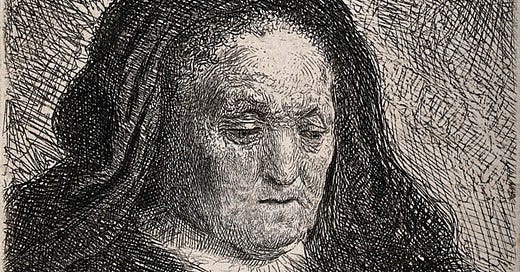How I Approach Historical Consulting for Film, TV and Novels
Why Biopic Prep Needs More Than Biographies: Using Letters, Diaries, And Archival Sources For Emotional Depth

I bring together a historian’s brain and an author’s instinct for gripping plots, extraordinary protagonists and remarkable historical details.
That’s why I specialise in research for novels, biopics and films with a historical setting.
Hi, I’m Dr. Barbara, a historian 👋 born in Germany. 🇩🇪 🇪🇺
How does a research collaboration actually work?, I was asked.
Here’s how it normally goes. It always starts with a package of books.
This means: either I *read* a ton of books, and distil the most important information into a digital file.
Or, if the clients wants this, I will gather a first round of *original sources* from the time, and add 2-3 great secondary sources.
What do I mean by that?
Primary Sources
Original sources like letters, diaries, official records, and artifacts give us a direct window into the past. They offer firsthand details that are crucial for understanding the personal experiences and viewpoints of people from a specific era. For example, a World War II soldier’s diary entry can reveal authentic insights into their thoughts and struggles, which can inform a believable character.
Secondary Sources
On the other hand, secondary sources such as historical studies, biographies and scholarly articles provide context and analysis. They help to explain larger historical trends and the impact of key events — offering a broader understanding of the period and its social norms.
You might say: Primary sources are unfiltered, while secondary sources are filtered.
If you *only* read biographies for your biopic, you’ll only see your subject through the lens of their biographer... you'll never hear from them, in their own unfiltered words.
That’s why I encourage writers, filmmakers and actors to use primary sources whenever possible.
If you need to access original photos, letters or diaries, try find them online. Digital resources can be easily accessed from anywhere, and you can learn how here.
What’s could be the next step for you?
You’ve likely already gathered biographies, timelines, even watched documentaries — but maybe something’s still missing. The real emotional core (that’s what makes storytelling believable, authentic, raw) lives in what most prep never gives you: Listening to the people from the past their own voice.
Letters.
Diaries.
Archival records that reveal private fears, not just public facts.
When you’re ready for deeper emotional prompts from the past, The Cabinet Of Forgotten Feelings brings you scene-level cues from real archival sources.
If you’re confused how to structure your own research for a role, then have a look at the dcument I created: Help! I’ve Been Cast For A Role In The Past — to give you a clear, focused starting point.
And if you’ve ever felt that the prep you’re handed isn’t enough — timelines, costumes, and basic facts that don’t reach the emotional core — then my Prepare essay is where to begin. It explains why so much historical prep leaves actors stranded, and shows how real archival research — letters, diaries, official records — can unlock the emotional depth you need to fully step into your character’s world.
Because facts alone don’t build a character.
Want to feel who they really were?
That’s where we start.
Cheers from Germany to you,
Barbara
Historical Consultant | withdrbarbara.com
PS.
If you want to see how I work — how I dig into original sources, un
cover small but telling details, and help actors or writers truly feel the era — start here. » The Memory Scar email course shows you why historical prep often fails — and how emotional depth is built from real archival cues, not Wikipedia articles.






